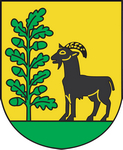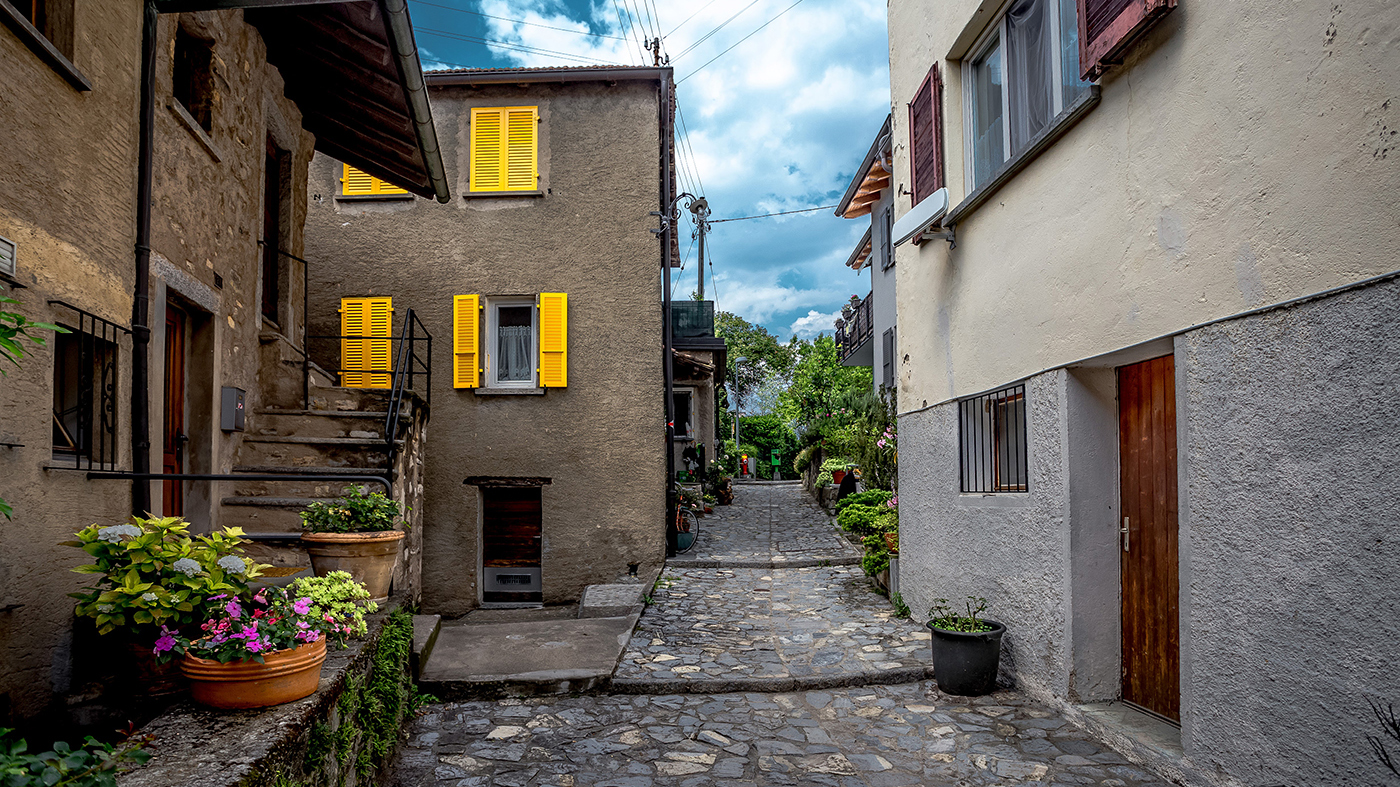History
The district of Brè-Aldesago has been part of Lugano since 1971. Its core is characterized by cobbled alleys winding between old stone houses, tightly nestled together, and small gardens. At the entrance of the village, the ancient stone washhouse is one of the symbols of a past that remains alive in the atmosphere of the place (the oldest houses still retain in their cellars a well for drinking water, which was essential until 1950, when water was a rare commodity).
Brè has always thrived on agriculture and livestock farming. The agricultural tradition was preserved even after the construction of the funicular railway (1907-1912) and the road (1912), which transformed the area into a residential and tourist destination.
The view from the slopes of the mountain is breathtaking: it spans the entire lake, surrounded by its mountains, and extends far, reaching the Monte Rosa chain with its snow-capped peaks. As Brè's poet Lelèn (1885-1934) wrote: "The mountain of Brè will always retain its incomparable beauty, its fragrant poetry, the lively spirit, and the open minds of its people."
The identity of the old municipality of Brè has been preserved over the years thanks to the Patriziato, which has worked to conserve the historical heritage. An interesting volume from 1996 on the toponyms of Brè and the customs, traditions, and anecdotes associated with these names and their oral tradition was created through collaboration between the Repertorio toponomastico ticinese, the Patriziato of Brè, the Circolo Pasquale Gilardi (Lelèn), and the new municipality.
Brè is home to the Wilhelm Schmid Museum, named after the significant representative of the New Objectivity movement who lived in the village until 1971. Upon his death, he bequeathed his house, collection, and library to the municipality.
The coat of arms

The Armoriale dei Comuni ticinesi by Gastone Cambin, published in 1953 by the Istituto Araldico e Genealogico di Lugano, described the coat of arms of Brè-Aldesago as follows: "Or, a browsing and passant goat sable, accosted by an oak branch leafed and fructed on a field, all vert." The goat represents pastoralism, a historically widespread activity in the area; the oak represents strength and prosperity. The design of the coat of arms was created by József Biró, an artist who lived in the area.
Places of interest
The route, which aims to promote the charm of the enchanting Ticinese village, starts from the small square in front of the church and winds through the streets of the Brè core, offering the opportunity to admire works created by nationally and internationally renowned artists.
Among these is the Hungarian painter Josef Biró (1887-1975), who in 1948 almost entirely frescoed the parish church of San Fedele. The oil-on-canvas Stations of the Cross are also his work. Additionally, the church houses two 17th-century frescoes, while on the façade and an external wall of the church are frescoes by the local artist Luigi Taddei (1898-1992). In the cemetery, among other works, rests the bas-relief The Goddess of Peace, a marble sculpture by Pasquale Gilardi "Lelèn" (1885-1934).
The artistic furnishing of the Brè core is promoted by the Circolo Pasquale Gilardi "Lelèn" in collaboration with Visarte (a cultural association promoting the development of visual arts).

The English version of this page was created with the aid of automatic translation tools and may contain errors and omissions.
The original version is the page in Italian.